Packing for a Florida Canoe Trip- The Fly Box
The path of the Indian River Lagoon Paddle Adventure takes it the length of the most biologically diverse estuary in North America, the Indian River Lagoon system. This blog discusses Packing for a Florida Canoe Trip- The Fly Box. The conventional tackle box was covered in a separate blog.
We will find many species of fish. I want to keep track of how many different kinds we can catch. Redfish, snook, seatrout, snapper, moonfish, jacks, it’s a long list. Since it’s a paddle trip, you don’t have room to bring a ton of tackle. I hope the list below is an exercise in minimalism.
The fish we’ll be encountering eat three things for the most part- smaller fish, shrimp, and crabs. The flies carried should reflect this. Additionally, some attractor-style flies like spoonflies and poppers should be carried, too.
My rod will be a six-weight outfit with a floating line. It’s too small for big tarpon but I don’t anticipate many of those in December. It’s more than adequate for everything else we’re likely to run into.
The rest of my fly tackle all fits into a single Simms Dry Creek Waist Pack . In the pocket of the pack we find the following items:
– a couple of finger guards
– a stick of sunscreen for the lips.
Inside the pack will be the following:
-fluorocarbon leader wheels in 12, 15, 20, and 30 pound test
– a package of Knot 2 Kinky leader wire . You never know when this might be needed
– a dehooker
– a Gerber Multitool
– a small bag with a half dozen small white shrimp flies for nighttime dock fishing. I don’t know that we’ll do any dock fishing but if we get a chance I will be ready.
– a one quart ziplock back containg a couple dozen synthetic minnow fly patterns, similar to Puglisi style flies, in sizes from #4 to #2/0, many with weedguards, some tied as bendbacks.
There will be some Hotheads in there as well.
– a small Plano box jammed with flies, including-
*3 Dupre spoonflies
* a half dozen Merkin crabs, size #4, with weedguards
*several Clouser Minnows in various colors and sizes (#4-1), with weedguards
*several black bunny leeches, #2, with weedguards
*several of each Son of Clouser and Mosquito Lagoon Specials, size #4
* several Borski-style Sliders, size #4, in various colors and weights, with weedguards
* a few Trout Bites (a hot pink and chartreuse bucktail bendback), size #4
* a few Rattle Rousers, size #4
* a selection of poppers and gurglers
With this kit, even if we were paddling to Key West (don’t get any ideas, Rodney) I would be prepared for most of what we would encounter.
So we have discussed Packing for a Florida Canoe Trip- The Fly Box. If you were coming along, what would you bring?
John Kumiski
www.spottedtail.com
All content in this blog, including writing and photos, copyright John Kumiski 2013. All rights are reserved.
|

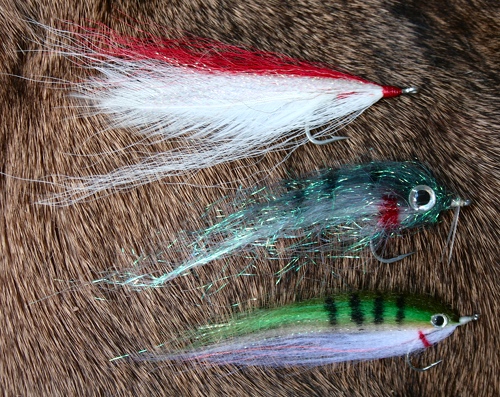
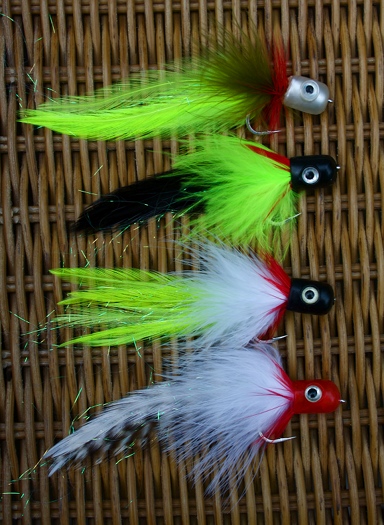
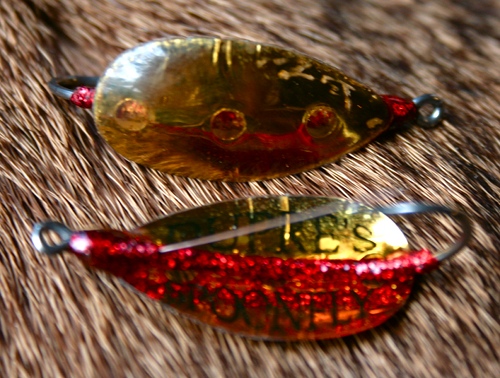
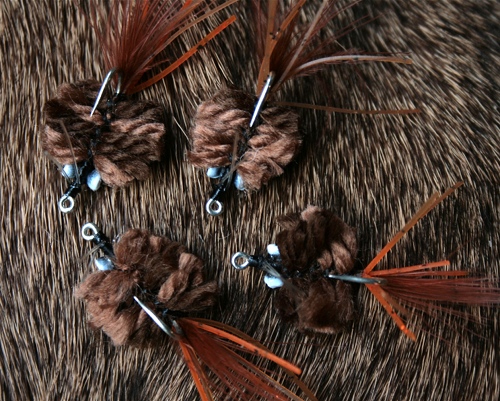
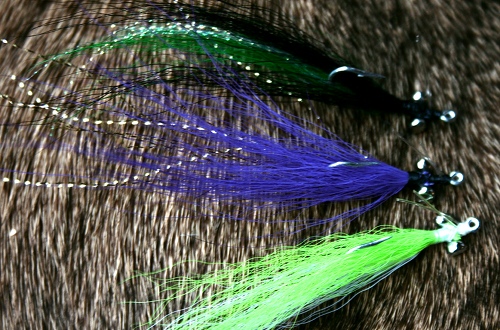
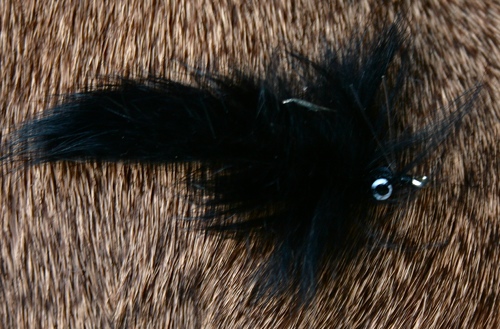
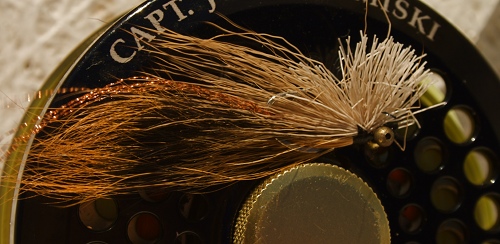
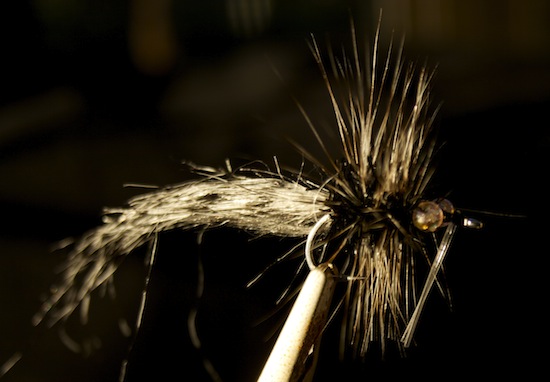
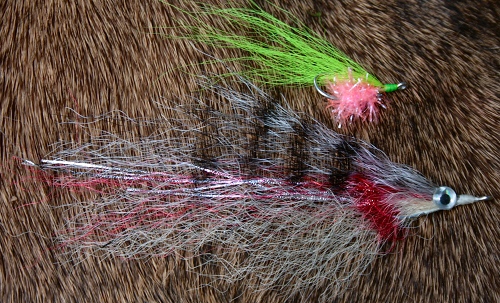
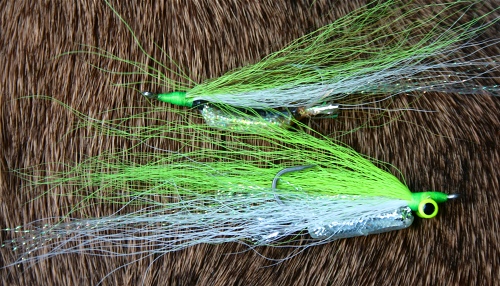
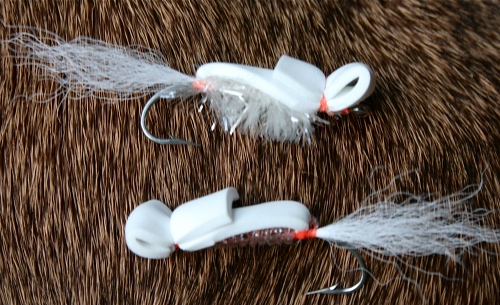
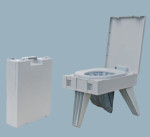
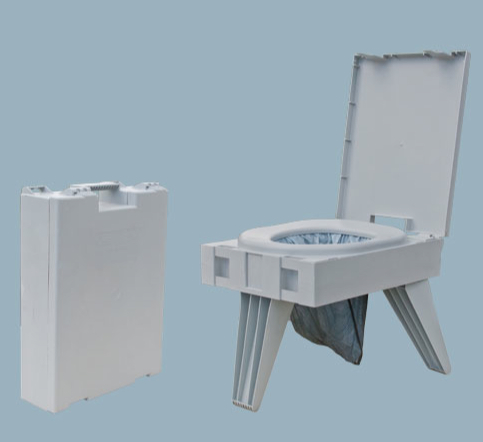
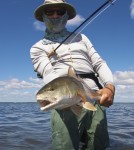
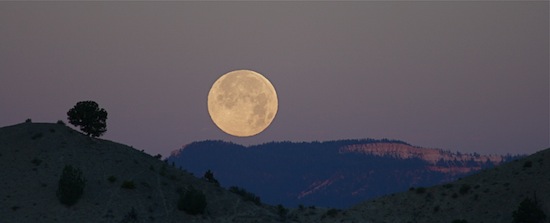


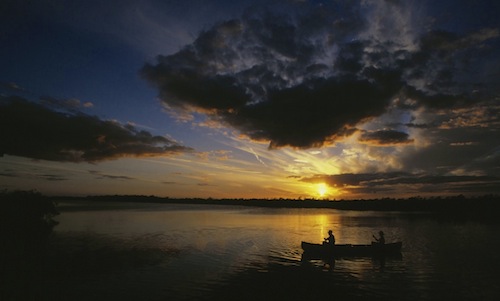


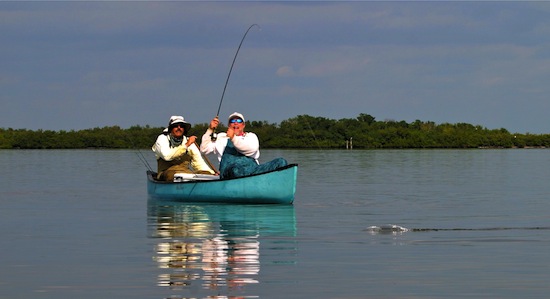
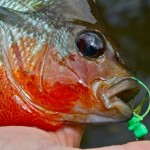
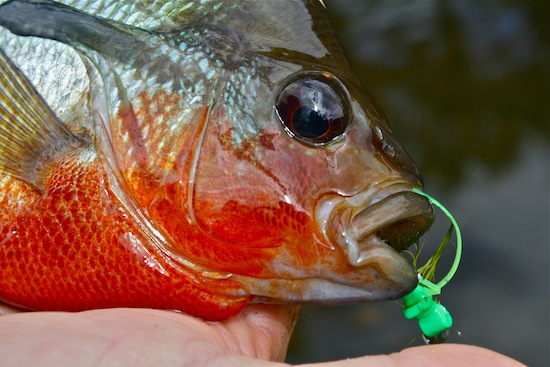
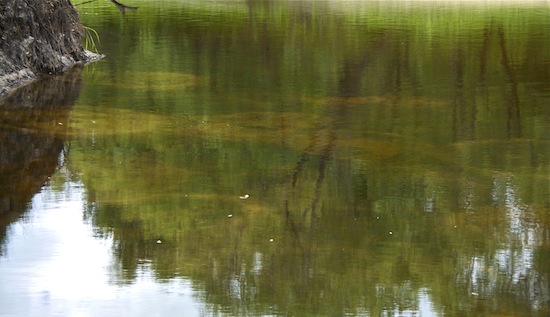
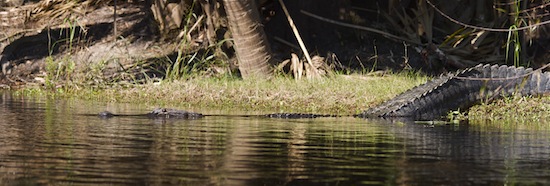
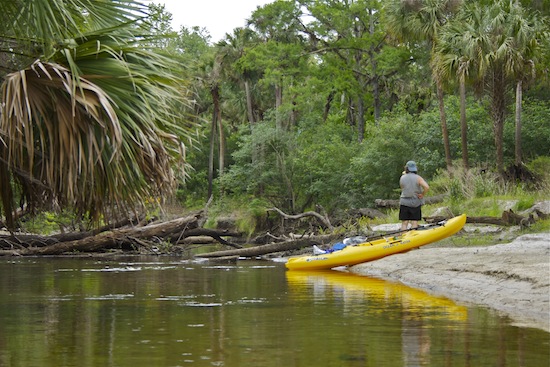
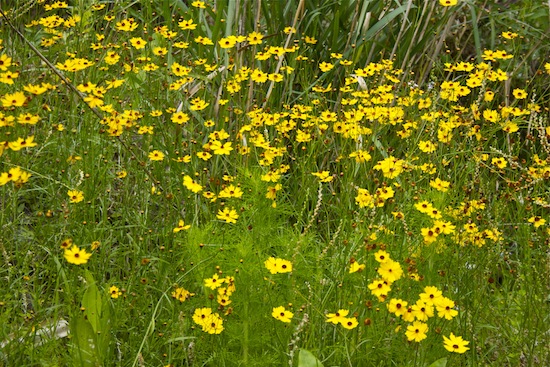
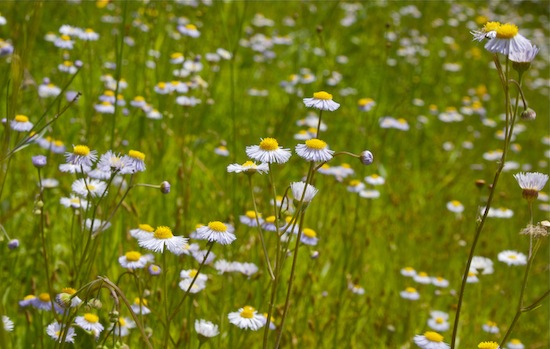
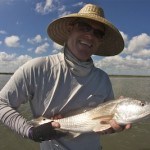
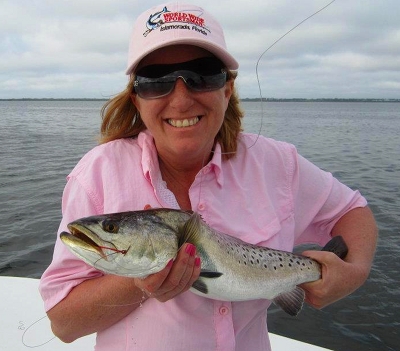
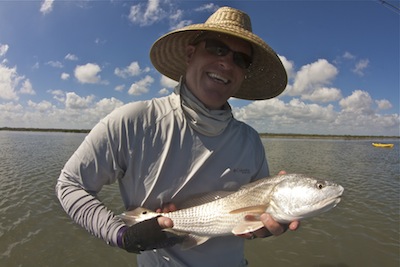
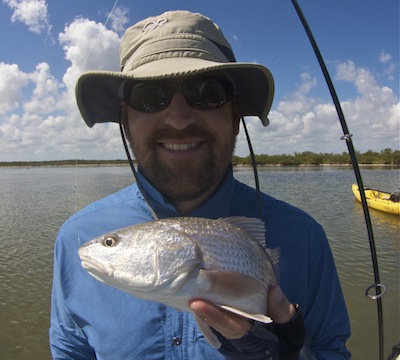
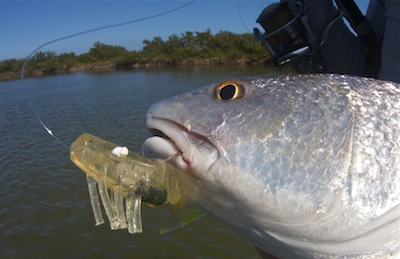
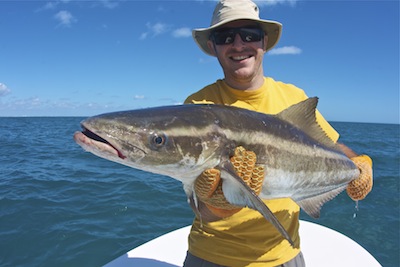
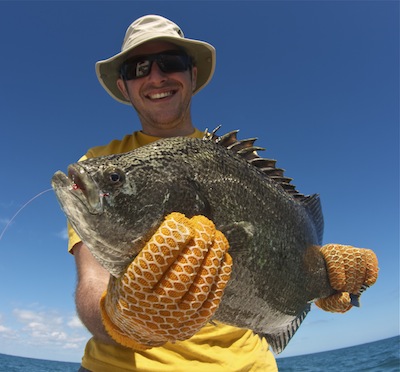
Recent Comments